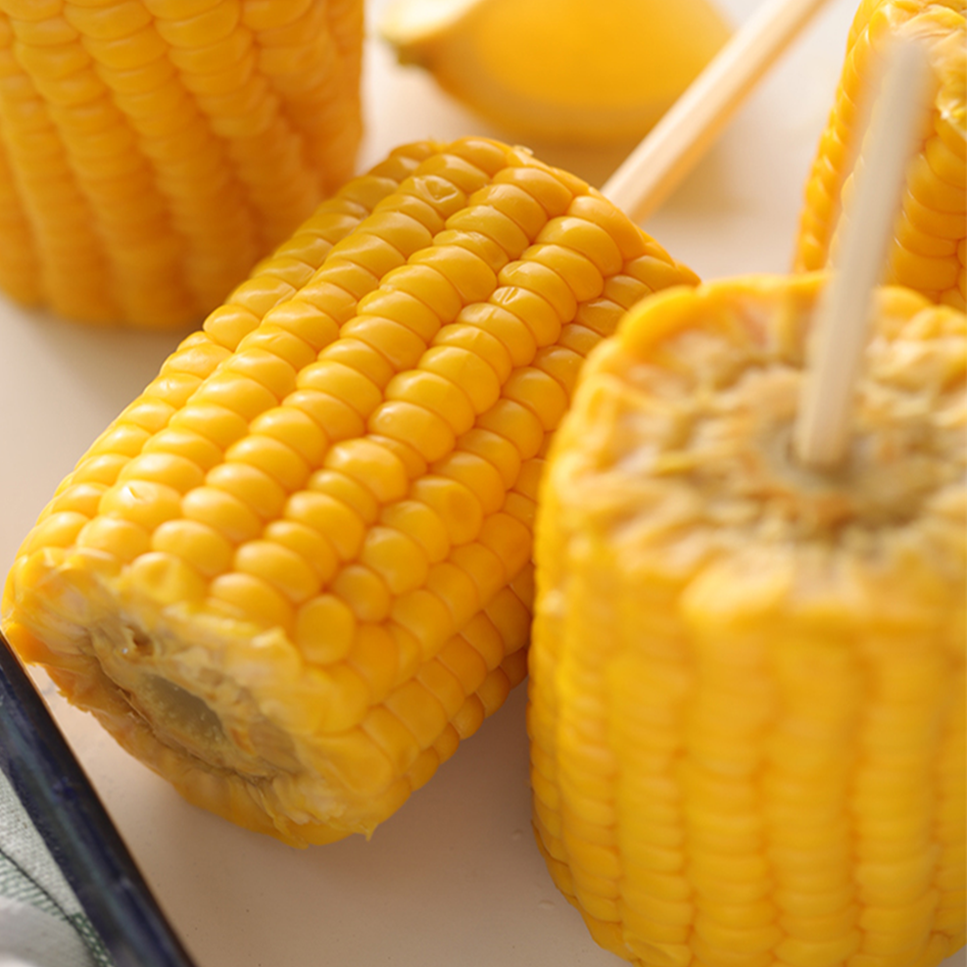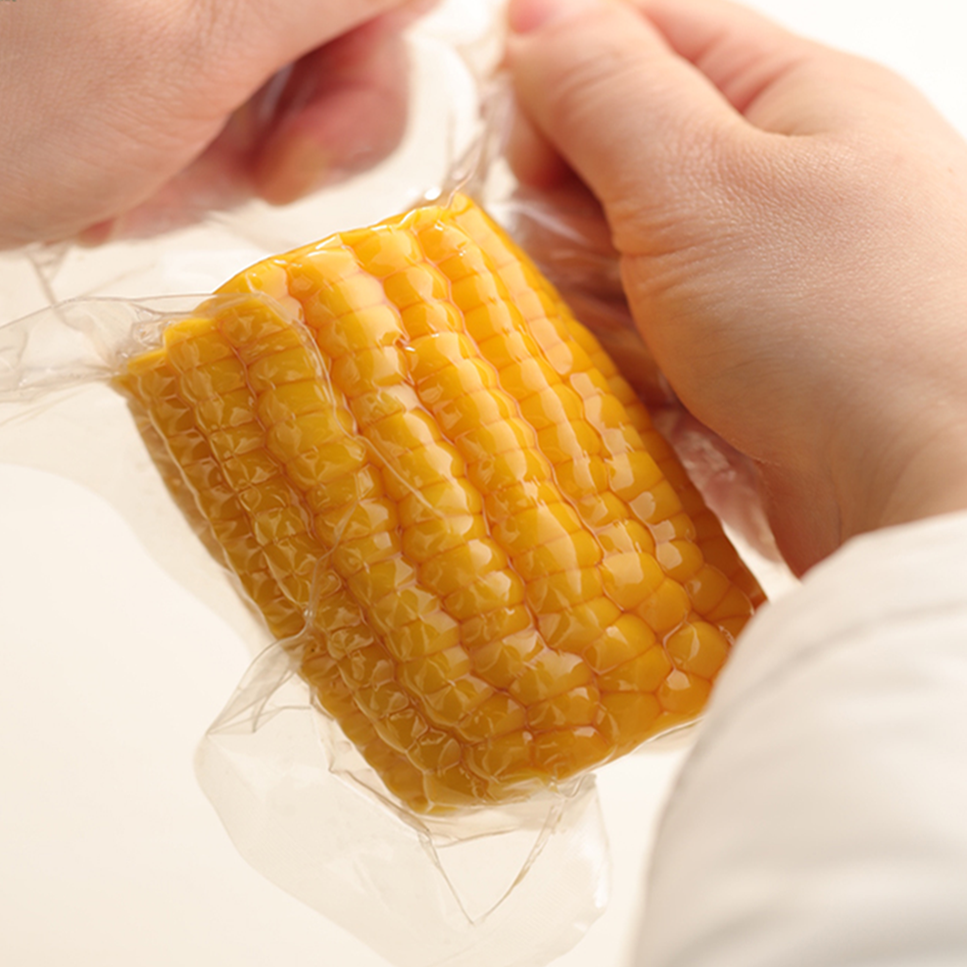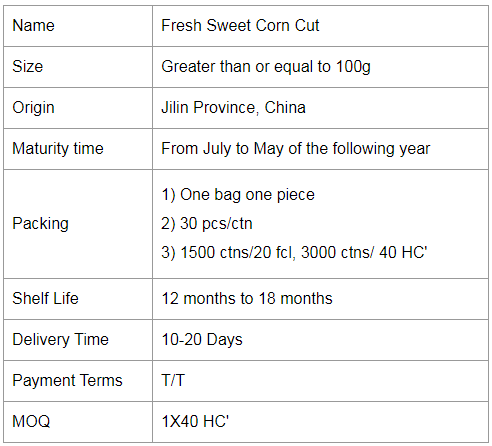After the dormancy period of the pear tree fell from deciduous to before germination the next year, a small amount of nutrient remained in the direction of twig-big branch-trunk-root system after falling and accumulated in the root system. Before the spring sprouts, the nutrients began to flow from the lower part to the upper part with the sap flowing, and the order was exactly the reverse of the return flow. Compared with the growing season, the dormant tree body activity is relatively weak, and the above-ground branches have relatively less storage nutrients, which is suitable for winter shearing. The following management techniques should be adopted during this period: 1. Pay attention to scrape the old and thick trunks of the main branches and main branches in time and burn them intensively to eliminate the pests that overwinter in the cracks of the bark; thoroughly scrape the disease spots of rot and ringworm and burn them immediately. The trees should be painted white before winter to improve their cold resistance. 2. Combine with winter shears to remove diseased and insect branches, remove diseased dead fruit, clean up fallen leaves and fallen fruits, and spray the whole tree with an eradication agent. 3. In the absence of fruit gardens, when the day and night are frozen, the whole garden is irrigated once, which can eliminate a large number of overwintering pests, which is very beneficial to the safe wintering of fruit trees. 5. The flower buds of the pear tree are relatively easy to identify. During the winter shearing, the annual tree is sparsely advanced. For excessive flowering branches, the flower buds are broken or moderately retracted according to the ratio of branches and fruits to reduce the number of flower buds. For young trees, flowers should be kept together, and flower plugging and pruning can reduce the consumption of stored nutrients in the tree. Short cuts on vegetative branches, like branch replanting, reduce flower bud formation in the coming year. Selecting weak leaves with little or no flowers to retain high-quality leaf buds and cut off too many inferior leaf buds are good for improving the quality of new shoots, enhancing photosynthetic efficiency, and restoring tree vigor. Disclaimer: Some articles on this website are transferred from the Internet. If you have third party legal rights, please inform this website to deal with them. phone
Corn are the expression of some anthocyanins produced by the photosynthesis of grains. Different anthocyanins cause different colors.
If you have any questions, please leave a comment on this website or contact us using email.
Creamed Corn Cut,Sweet Corn Cut,Cream Sweet Corn Cut,Fruit Corn Cut Jilin Province Argricultural Sister-in-law Food Co., Ltd. , https://www.nongsaocorns.com
4. The winter pear tree has no leaves and is in a dormant state. Most of the stored nutrients have been transported to the root system and branches. At this time, cutting off unnecessary branches can save a lot of nutrients, which is conducive to the growth of the next year's tree body and enhances the tree vigor. The main tasks of winter shears are crown shaping, branch bud adjustment, branch group update, straightening various branch relations, fixing the main branch growth angle and posture, adjusting the size, density and structure of the resulting branch group, handling irregular branches, and controlling the tree. Total branches and flower buds.
There are some benefits of corn: 1. Corn can lower sugar;2. The high content of unsaturated fatty acids in maize is beneficial in preventing atherosclerosis, coronary heart disease, myocardial infarction and other diseases; 3. Corn whiskers have diuretic and hypotensive effects, lowering sugar.



Essentials of Integrated Management of Lishu Dormancy